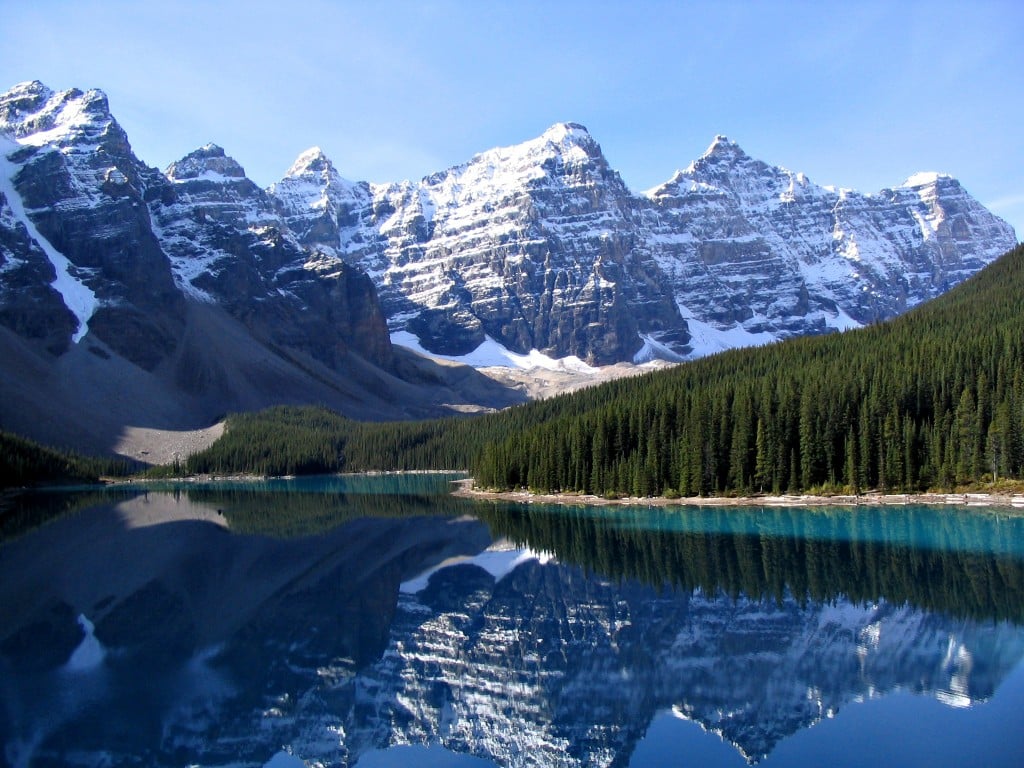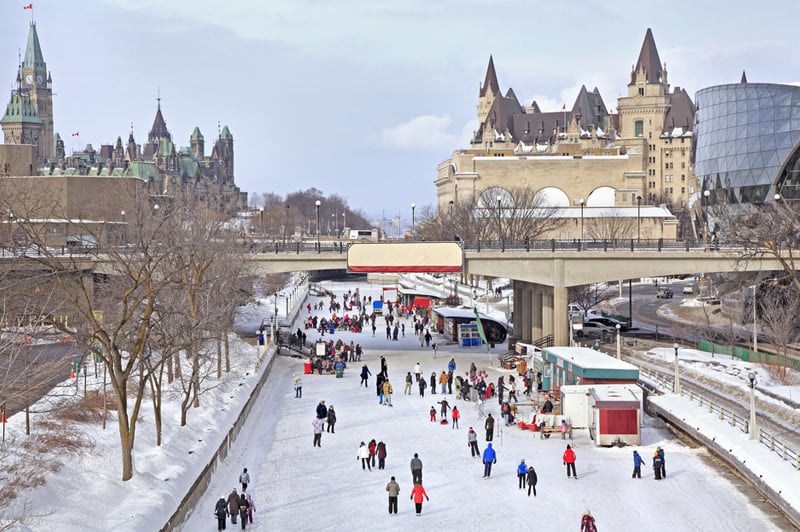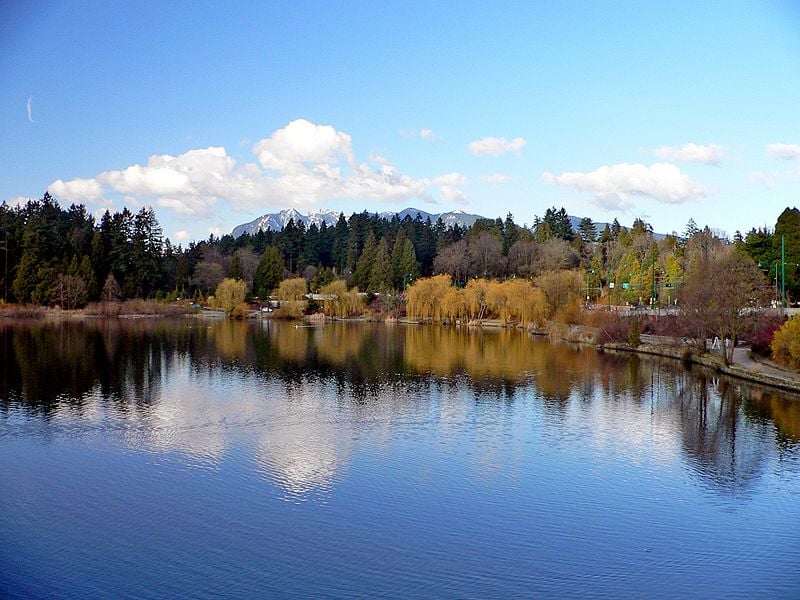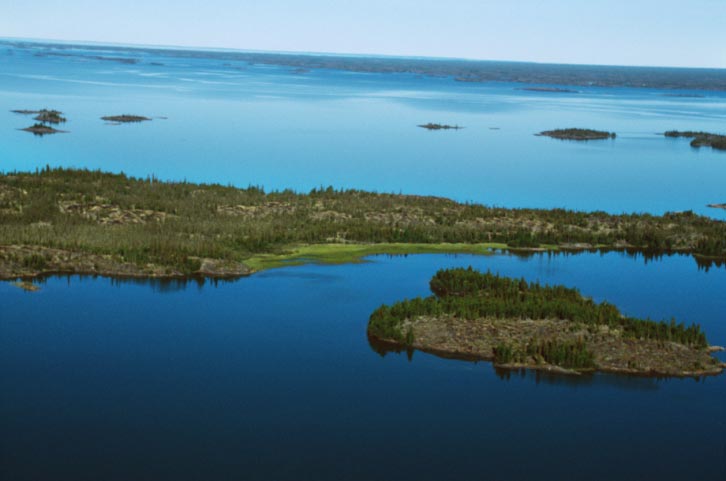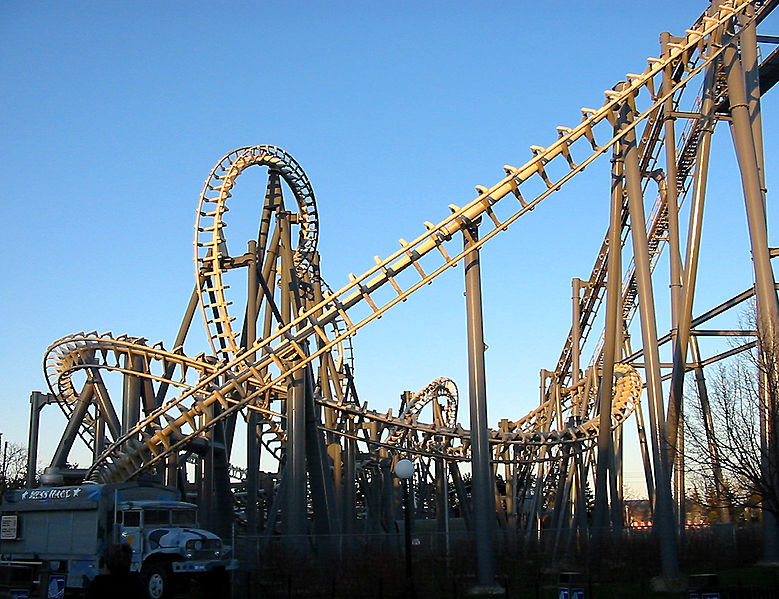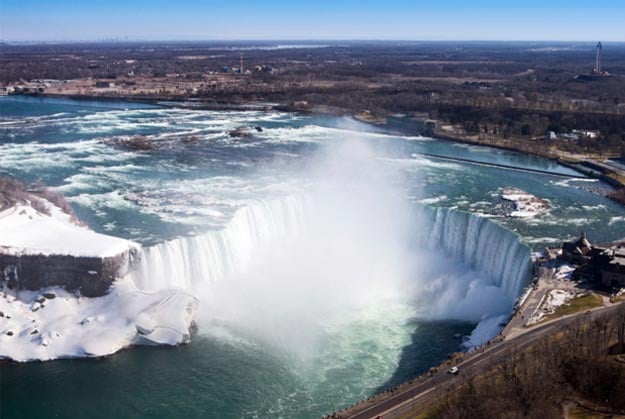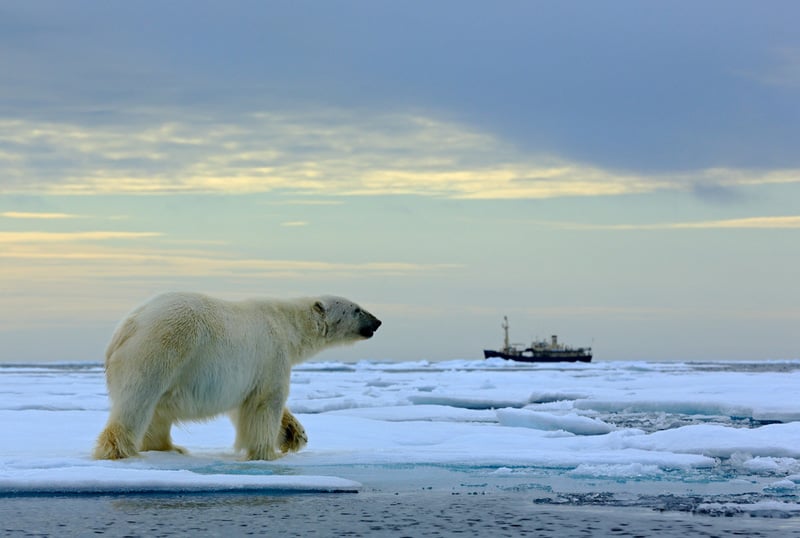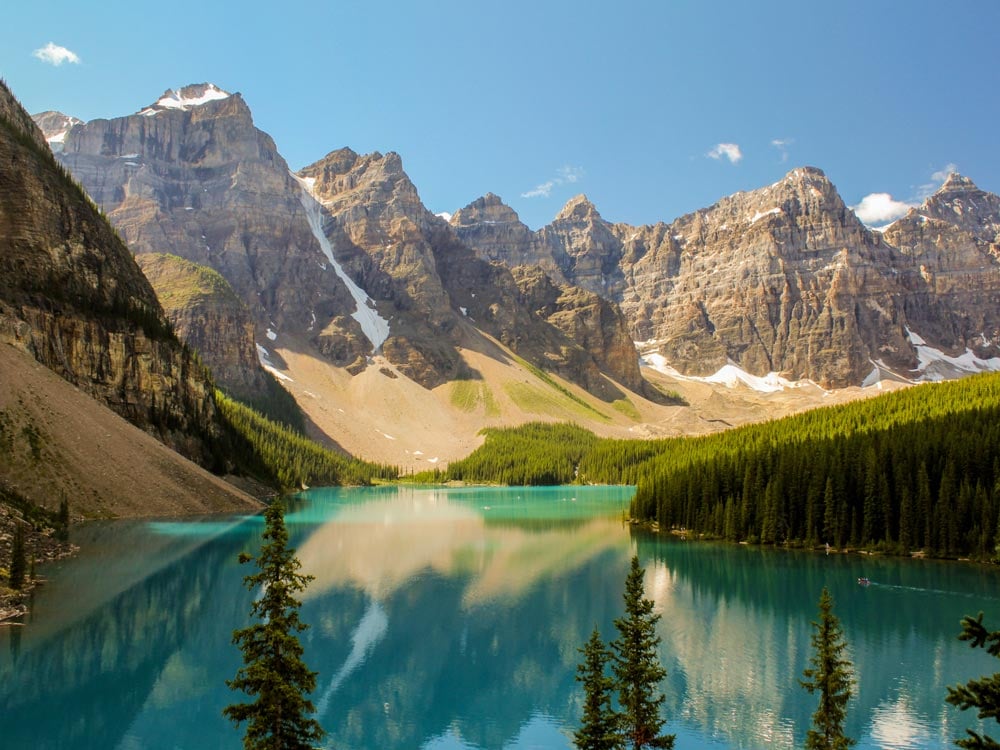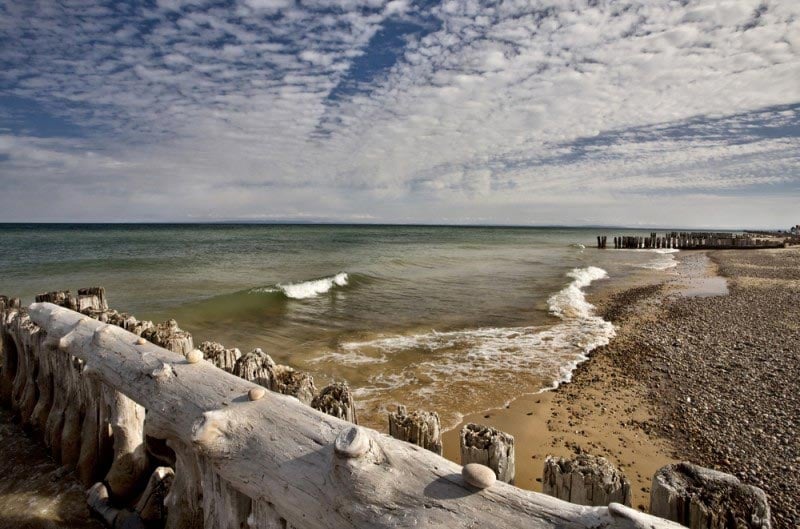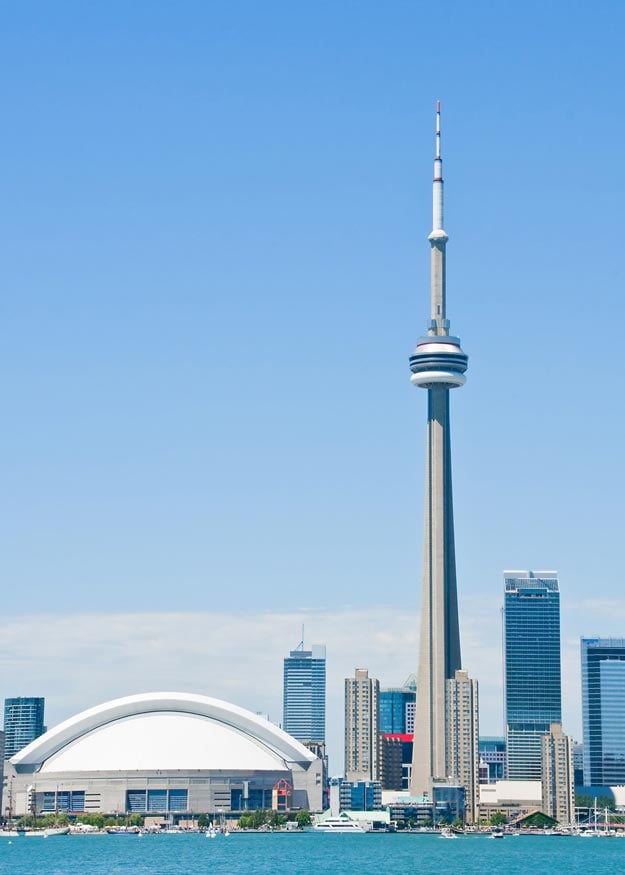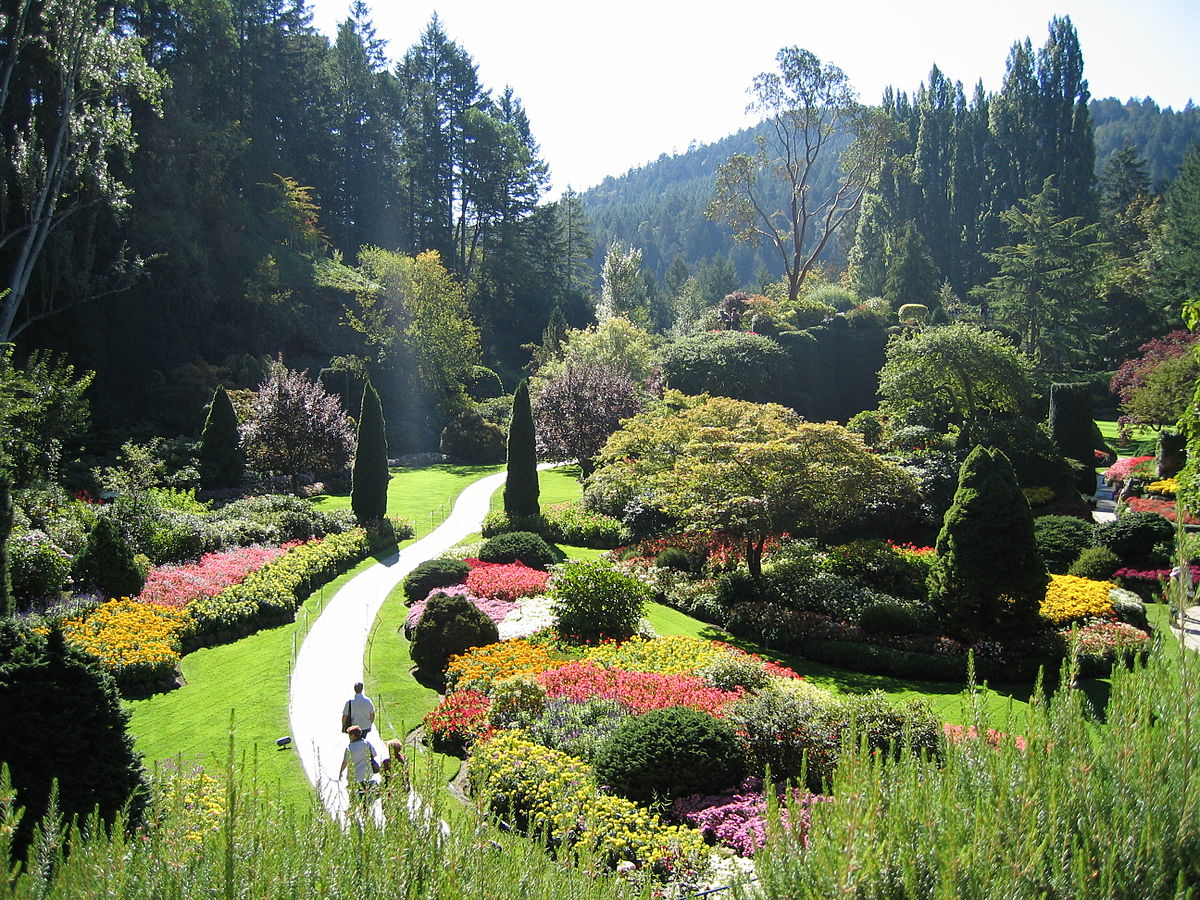Stunning glacier-fed lakes supported by prodigious peaks and raging rivers weaving through prairie foothills are the elements that make Banff National Park a vacation and an adventure destination. Starting on the fringe of the Great Plains and rising with the Canadian Rockies, it’s an idyllic gateway that transcends beyond all creature comforts. Be it a romantic honeymoon in a posh resort or an urge for an adrenaline rush within the confines of wilderness, it’s easy to zone out and become utterly absorbed by its magnificence.
History
This region was populated by the Nakoda (Stoney) indigenous people around 10,300 years ago, before the Europeans arrived. Anthony Henday was among the first non-natives to explore the Canadian Rockies in 1754. The park was eventually ‘discovered’ by the railroad workers in 1882.
Things to Do in Banff National Park
Go ice-diving in Lake Minnewanka or try golfing in Banff Springs Golf Club, join a sightseeing tour to visit Banff museums, descend into a cave in Grotto Mountain or admire the limestone rocks in Johnston Creek. A wealth of outdoor thrills awaits you in the national park.
Icefields Parkway – It’s a 140-mile scenic road, running parallel with the Continental Divide, that passes through park attractions such as Mistaya Canyon, Mount Hungabee, Saskatchewan River Crossing, Columbia Icefield, and Crowfoot Glacier. Take a drive of your lifetime and wonder at soaring rocky mountain peaks, vast sweeping valleys, pristine turquoise lakes, tumbling waterfalls, and ancient glaciers.
Lake Louise – Well known for turquoise waters and picturesque beauty, Lake Louise is a hamlet on the Icefields Parkway. Rent a canoe and paddle to the other end of this shimmering alpine lake to see Victoria Glacier or take a leisurely stroll around its shore and sip the most scenic cup of tea at the Fairmont Chateau Lake Louise. Bow Lake, Peyto Lake, and Moraine Lake are each impressive as the other.
Valley of the Ten Peaks – As the name suggests, this region is crowned by ten towering peaks – each with minimum elevation of 3,000 meters – and Moraine Lake. Take an ambitious hike on Perren Route to reach Neil Colgan Hut – the highest permanent structure in Canada.
Hiking & Camping – While Cory Pass Loop and Harvey Pass are among the most strenuous day hiking trails, Bourgeau Lake, Healy Pass, and Spray River Loop reward beginners with expansive views. Summer activities include picnicking, boating, fishing, rock climbing, and overnight horseback-riding tours.
Skiing & Snowboarding – During six months of winter, thick ‘Champagne Powder’ cover the Canadian Rockies and “those boots made only for skiing” come out. Lake Louise Ski Resort, Mount Norquay, and Sunshine Village are three major ski resorts that support snow sports and events in the park. Winter activities include dog-sledding, snow tubing, ice skating, heli-skiing, and cross-country skiing as well as snowmobile tours, ice walks, dogsled tours, and sleigh rides.
Banff Gondola – Operated in summers, an eight-minute gondola ride takes visitors to the top of Sulphur Mountain that offers exhilarating views of Alberta. It is only five minutes away from the Banff town. Once reaching the top, pose for a picture with your favorite backdrop. Later in the evening, have dinner overlooking the twinkling lights of the town below. For similar experiences, Lake Louise Gondola and Kicking Horse Sightseeing Gondola are also worth trying.
Banff Upper Hot Springs – Located on the Mountain Avenue in Banff town at a height of 1,585 meters, these steamy mineral-rich pools are equipped with modern amenities, spa, and cafe. Rejuvenate yourself and ease your sore muscles by taking a dip in the natural hot springs.
Wildlife – The park has at least 56 mammal and around 260 bird species. While deer, elk, and caribou are most common, moose and mountain goats are more elusive. Sightings of black bears, grizzly bears, coyotes, and cougars are rare but feel free to try your luck. Early mornings and late afternoons are ideal for wildlife viewing, birdwatching, and photography.
Where is Banff National Park?
Location
Banff National Park is located about 80 miles west of Calgary in western Alberta province in the Canadian Rockies and Alberta Mountain forests region.
How to Reach?
By Air – Calgary International Airport (YYC) has scheduled non-stop flights to major cities in Canada, the US, central America, Europe, and East Asia. Springbank Airport operates short charter flights and scenic tours over the national park.
By Train – In summers, Rocky Mountaineer travels between British Columbia and the Rocky destinations in the park. Day rail tours depart from Banff to Vancouver.
By Road – Trans-Canada (Highway 1) enters west from Calgary and bisects the park. It passes through Banff and Lake Louise and extends all the way to Vancouver. Icefields Parkway, Highway 93, and Alberta Highway 1A are other major roads. Greyhound and Brewster have regular scheduled coaches from Calgary to Banff and Lake Louise.
Accommodations
From camping under the open sky to relaxing in a luxury hotel, the park provides wide range of accommodations. Campsites, lodges, B&Bs, log cabins, and vacation rental apartments are easily available for budget travelers. Deer Lodge, Post Hotel & Spa, and Lake Louise Inn are popular mid-range accommodations.
Restaurants
Seasons dictate recipes and local ingredients. In fall and winters, game and legumes fill up the plates, while summer highlights fresh fruits. In Banff, Ticino Restaurant serves Swiss-Italian fare, The Bison specializes in Canadian cuisine, and Balkan Restaurant is known for Greek and European delicacies.
Best Time to Visit
The park offers scope for outdoor adventures any time of the year. The ideal time to visit Banff is from June to August and December to March. Also, Winterstart Festival ensures four weeks of fun activities and events.
Facts about Banff National Park
- Originally named Banff Hot Springs Reserve, this park was established on November 25, 1885.
- This national park is part of “Canadian Rocky Mountain Parks” – a UNESCO World Heritage Site since 1984.
- It is the oldest national park in Canada and third oldest in the world.
- It covers an area of 2,564 sq. miles (6,641 sq. km.).
- The park has about 930 miles of trails, 50 backcountry campsites, 13 campgrounds, and 118 miles of mountain bike trails.
- The Kicking Horse River is popular for white water rafting tours in Canadian Rockies.
- The Banff Mountain Film and Book Festival is held every year in fall.
Things to Remember
- All guests visiting the park require a park permit except the ones who are driving through.
- Camping outside the designated spots is prohibited without a special permit.
- Carry wet weather gear, provisions, and maps while going on backpacking trips.
- Keep in mind that temperatures fluctuate dramatically throughout the year.
- Visitor information centers in Banff and Lake Louise will provide you with details of the park.
Nearby Attractions
Jasper National Park, Yoho National Park, Ghost River, Kicking Horse Pass, and Calgary Zoo.
Related : National Parks in US | Most Beautiful National Parks
Image Credit: Gorgo
